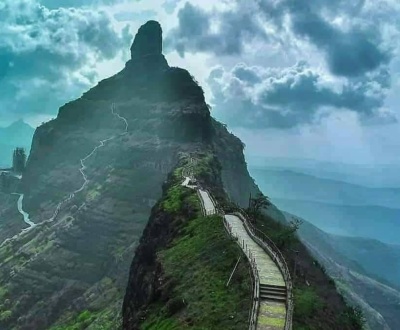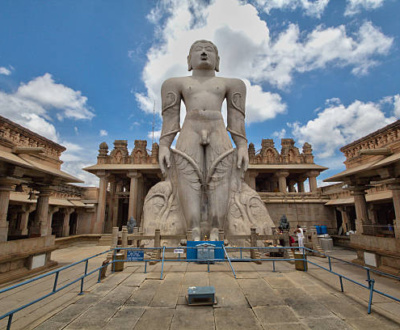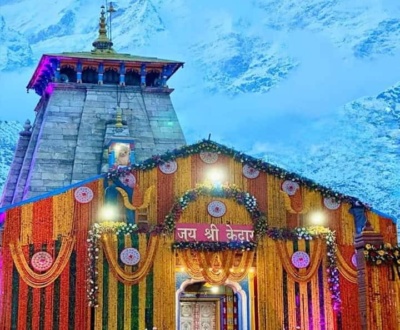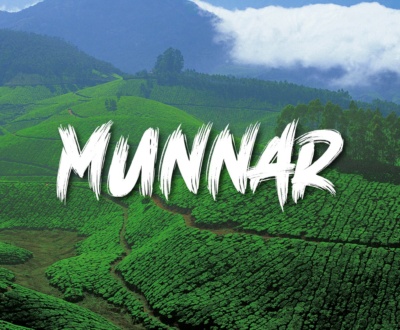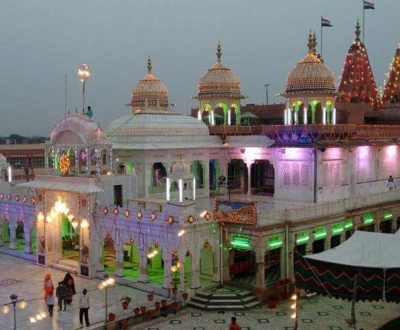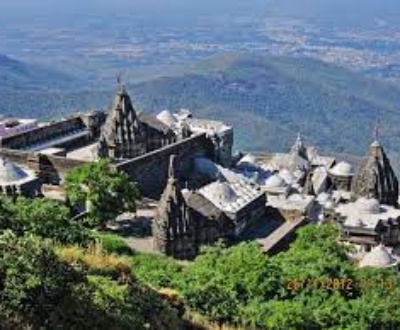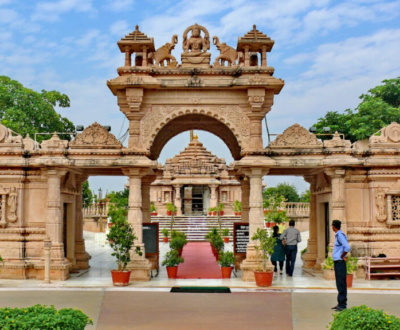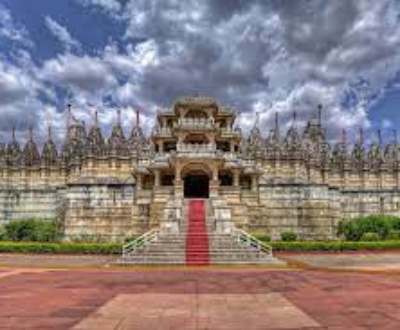Introduction
Kashmir is a region located in the northern part of the Indian subcontinent, and it is known for its stunning natural beauty, rich cultural heritage, and complex political history. Often referred to as “Paradise on Earth” or “The Heaven on Earth,” Kashmir has been a place of fascination and intrigue for centuries. Here is an overview of Kashmir, encompassing its geography, history, culture, and the ongoing political issues surrounding it.
Nestled in the northernmost region of the Indian subcontinent, Kashmir stands as a testament to nature’s unparalleled beauty and cultural richness. Kashmir has captivated the hearts and minds of travelers, poets, and artists for centuries. With its stunning landscapes, serene lakes, majestic mountains, and a rich tapestry of cultures, Kashmir remains a paradise that beckons explorers from all corners of the globe.
Geography and Topography
Kashmir’s geographical diversity is nothing short of astonishing. The region is bordered by Pakistan to the west, India to the south, and China to the east, making it a critical geopolitical crossroads. It is characterized by its lush green valleys, crystal-clear rivers, and towering Himalayan peaks. The Jhelum River, known locally as the Vitasta, meanders through the valley, lending its charm to the landscape.
One of the most iconic features of Kashmir is Dal Lake, often described as a jewel of the region. Surrounded by the city of Srinagar, this pristine lake is adorned with beautifully crafted houseboats and gardens. Travelers can enjoy the tranquil ride on Shikaras (traditional wooden boats) while taking in the stunning views of the Zabarwan Range in the background.
The Great Himalayan Range forms a natural protective barrier along the northern border, providing a breathtaking backdrop to the region. Prominent peaks like Nun Kun, Harmukh, and the Amarnath Temple, nestled in the high-altitude meadows, attract trekkers and pilgrims alike.
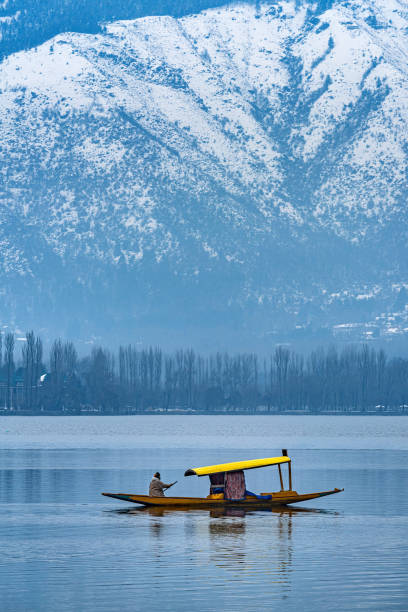
Cultural Richness
Kashmir’s cultural heritage is a testament to its long history of civilization and coexistence. The region has been a melting pot of various cultures, including Hindu, Buddhist, and Islamic influences. The centuries-old traditions and rituals have been passed down through generations, creating a rich tapestry of customs and celebrations.
The indigenous Kashmiri language, Kashmiri, is a significant aspect of the culture. It has its own unique script, the Sharada script, which has historical and religious importance. While Kashmiri is widely spoken, Urdu and English are also commonly used, reflecting the region’s diverse linguistic landscape.
The Valley of Srinagar, the summer capital of Jammu and Kashmir, is famous for its Mughal Gardens. Built during the Mughal era, these gardens are a testament to the Mughal’s love for aesthetic beauty and symmetry. The Shalimar Bagh, Nishat Bagh, and Chashme Shahi are exquisite examples of Mughal horticultural artistry.
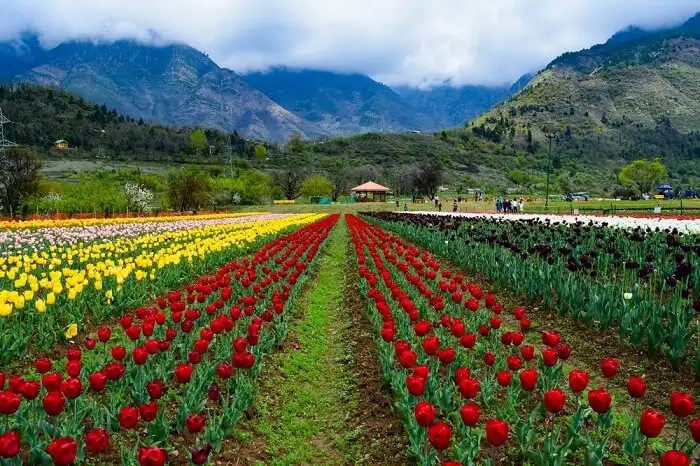
Religious Diversity
Kashmir : The Heaven On Earth has been a cradle of spirituality, hosting numerous religious sites that cater to a wide range of beliefs. The Amarnath Cave Temple, perched at an altitude of 3,888 meters, is one of the holiest Hindu shrines in the world. Each year, thousands of devotees undertake the arduous journey to pay homage to the ice lingam, a natural ice formation representing Lord Shiva.
Additionally, the state of Jammu and Kashmir is home to some of the most revered Sufi shrines, attracting devotees from various parts of the world. The Hazratbal Shrine, Khanqah-e-Moula, and the revered shrine of Sheikh Noor-ud-din Noorani, also known as Sheikh-ul-Alam, are places of spiritual solace and reflection.
Cuisine
Kashmiri cuisine is a delight for the senses, with its aromatic blend of herbs and spices. The region’s culinary tradition is deeply influenced by Persian, Central Asian, and North Indian flavors. Signature dishes like Rogan Josh (a fragrant lamb curry), Dum Aloo (spiced potatoes cooked in yogurt gravy), and Gushtaba (minced meatballs in a creamy sauce) offer a unique gastronomic experience.
The aromatic saffron, known as “red gold,” is one of Kashmir’s most prized exports. It not only adds flavor to the local cuisine but also plays a significant role in the region’s economy. The saffron fields of Pampore, with their purple blooms, offer a picturesque sight during the flowering season.

Handicrafts and Artistry
Kashmiri artisans are renowned for their intricate craftsmanship, creating exquisite handicrafts that have earned international acclaim. The valley is famous for its Pashmina shawls, a fine wool fabric known for its softness and warmth. Skilled artisans spend months hand-weaving these shawls, making them highly sought-after luxury items.
Another hallmark of Kashmiri craftsmanship is the art of paper mache. Intricately designed and painstakingly hand-painted, paper mache products, such as decorative boxes, vases, and trays, are a testament to the region’s artistic prowess.
The rich tradition of Kashmiri carpet weaving has been passed down through generations. These hand-knotted carpets, often featuring intricate Persian designs, are considered some of the finest in the world.
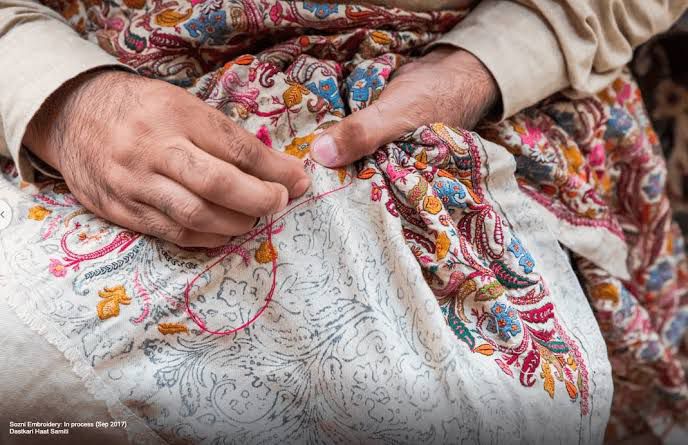
Challenges and Conflict
Despite its immense natural beauty and cultural richness, Kashmir has faced decades of political turmoil and conflict. The region’s political status has been a contentious issue between India and Pakistan, leading to several wars and periods of unrest. This conflict has had a profound impact on the lives of Kashmiris, disrupting their daily existence and hindering economic development.
The insurgency in the late 20th and early 21st centuries further exacerbated the region’s challenges. The presence of security forces, curfews, and restrictions on movement have created a complex environment for both residents and tourists.
Tourism, once a thriving industry, has been severely affected by the conflict. Many tourists have been deterred from visiting Kashmir due to safety concerns. However, in recent years, efforts have been made to revive tourism and promote peace in the region. Kashmir has been at the center of a long-standing and complex political dispute between India and Pakistan. Both countries claim the entire region of Kashmir, and the territorial boundaries are heavily militarized. The Line of Control (LoC) divides the region into Indian-administered Jammu and Kashmir and Pakistan-administered Azad Jammu and Kashmir.
The political situation in Kashmir has led to decades of conflict, including armed insurgencies, protests, and human rights concerns. The presence of security forces, curfews, and restrictions on movement has created a challenging environment for the local population.
Efforts have been made to address the issue through diplomatic means and dialogue, but a comprehensive resolution remains elusive, leading to periodic tensions and skirmishes between India and Pakistan.
Kashmir: The Heaven On Earth is a region of unparalleled natural beauty, cultural richness, and historical significance. Its complex history and ongoing political issues have made it a place of great importance on the global stage. Despite the challenges it faces, Kashmir continues to be a symbol of both the beauty and complexity of our world.
Conclusion
Kashmir, often described as “The Heaven on Earth,” remains a captivating destination that offers a glimpse of nature’s unparalleled beauty and cultural richness. Its diverse landscapes, religious diversity, culinary delights, and exquisite handicrafts make it a unique and enchanting place.
While the region has faced decades of political turmoil and conflict, efforts are being made to promote peace and revive tourism. The hope is that Kashmir can once again reclaim its status as one of the world’s most sought-after destinations, where travelers can experience the true magic of this heavenly land.
Top of Form
More from our blog
See all postsRecent Posts
- Mangi Tungi, Maharashtra: A Spiritual and Natural Gem of Western India September 14, 2023
- Kashmir:- The Heaven On Earth September 14, 2023
- Gommateshwara Bahubali Temple, Karnataka: A Spiritual Oasis of Serenity and Grandeur September 14, 2023


